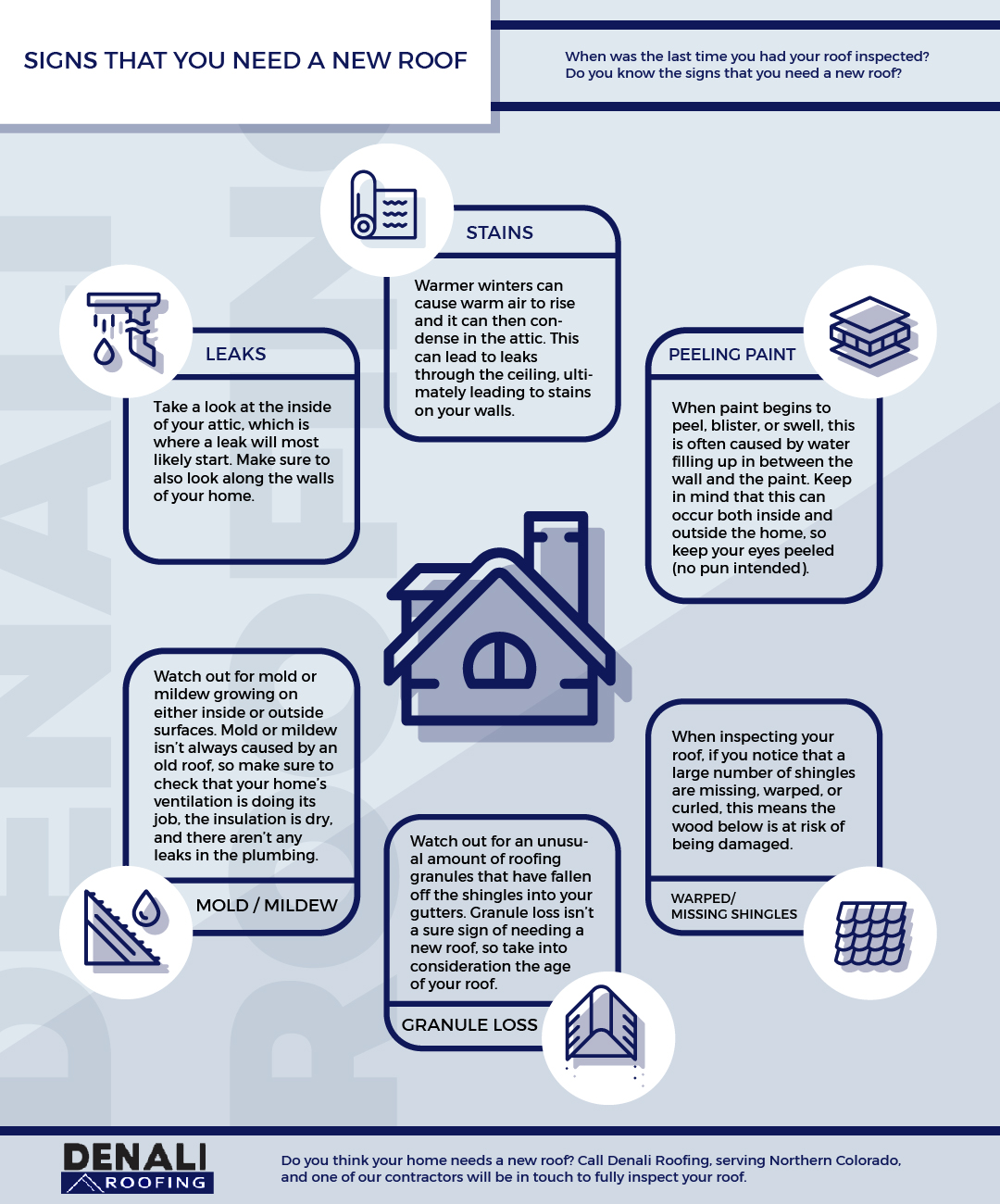Regular Mistakes In Roof Installation And Methods To Avoid Them
Regular Mistakes In Roof Installation And Methods To Avoid Them
Blog Article
Content By-Kennedy Damborg
When you're planning a roof covering setup, it's simple to ignore important information that can lead to substantial problems down the line. You might be lured to reduce corners on product choice or avoid appropriate blinking setup, but these common mistakes can lead to expensive repair services later on. Understanding the relevance of air flow and sticking to local building regulations is important for an effective job. So, what are the vital steps you should take to ensure your roofing stands the test of time? Let's explore some reliable methods to prevent these risks.
Poor Material Option
When it involves roofing setup, selecting the incorrect materials can bring about costly problems down the line. You could think that any kind of roofing product will certainly do, but that's a common misunderstanding. It's important to pick products that fit your neighborhood environment and the details needs of your home.
For instance, if you live in an area with heavy rain or snow, choosing asphalt roof shingles may not be the best selection. Rather, take into consideration even more sturdy choices like steel or slate.
In addition, pay attention to the quality of the materials you're considering. Inexpensive products might conserve you money upfront, yet they often do not have durability and can cause frequent repair services or substitutes.
You should additionally think of the style of your home and make certain the materials you select will certainly preserve its aesthetic appeal.
Ultimately, don't forget to talk to specialists. They can offer useful insights and advise products that follow neighborhood building codes.
Investing time in proper material selection now can help you prevent headaches and expenditures in the future, making your roof covering task a success.
Inadequate Flashing Installation
Picking the ideal products isn't the only element that can cause roof covering issues; insufficient blinking installation can also create significant issues. Flashing is vital for directing water far from at risk locations, such as chimneys, skylights, and roof covering valleys. If it's not set up effectively, you risk water breach, which can bring about mold growth and architectural damages.
When Discover More Here install flashing, ensure it's the right type for your roof's design and the local environment. As an example, metal flashing is frequently a lot more durable than plastic in areas with heavy rain or snow. Make sure the flashing overlaps properly and is secured tightly to stop spaces where water can permeate with.
tile floor installation san antonio need to likewise pay attention to the setup angle. Flashing need to be positioned to direct water far from your house, not towards it.
If you're not sure concerning the installment process or the materials required, speak with a specialist. They can assist identify the very best blinking options and guarantee every little thing is installed appropriately, safeguarding your home from prospective water damage.
Taking these actions can conserve you time, cash, and migraines down the road.
Neglecting Ventilation Requirements
While lots of homeowners focus on the visual and architectural elements of roofing system installment, ignoring air flow needs can bring about severe long-lasting effects. Appropriate ventilation is essential for controling temperature level and dampness levels in your attic room, avoiding problems like mold and mildew development, wood rot, and ice dams. If you do not set up sufficient ventilation, you're establishing your roof up for failing.
To prevent this error, first, assess your home's certain air flow needs. A well balanced system usually includes both consumption and exhaust vents to advertise airflow. Ensure you have actually installed soffit vents along the eaves and ridge vents at the peak of your roof covering. This mix permits hot air to get away while cooler air goes into, maintaining your attic area comfy.
Likewise, take into consideration the type of roof covering material you've chosen. Some materials might call for additional ventilation strategies. Confirm your neighborhood building regulations for ventilation guidelines, as they can differ substantially.
Finally, don't fail to remember to examine your air flow system frequently. Blockages from debris or insulation can impede air flow, so keep those vents clear.
Final thought
To conclude, avoiding usual roof installation errors is essential to guaranteeing your roof's longevity and efficiency. By choosing the ideal materials for your climate, setting up blinking properly, and addressing air flow demands, you can avoid costly issues in the future. Don't forget to familiarize yourself with neighborhood building codes and schedule normal inspections. With these actions, you'll enjoy a secure, durable roofing system that secures your home for years to find. Satisfied roof covering!
